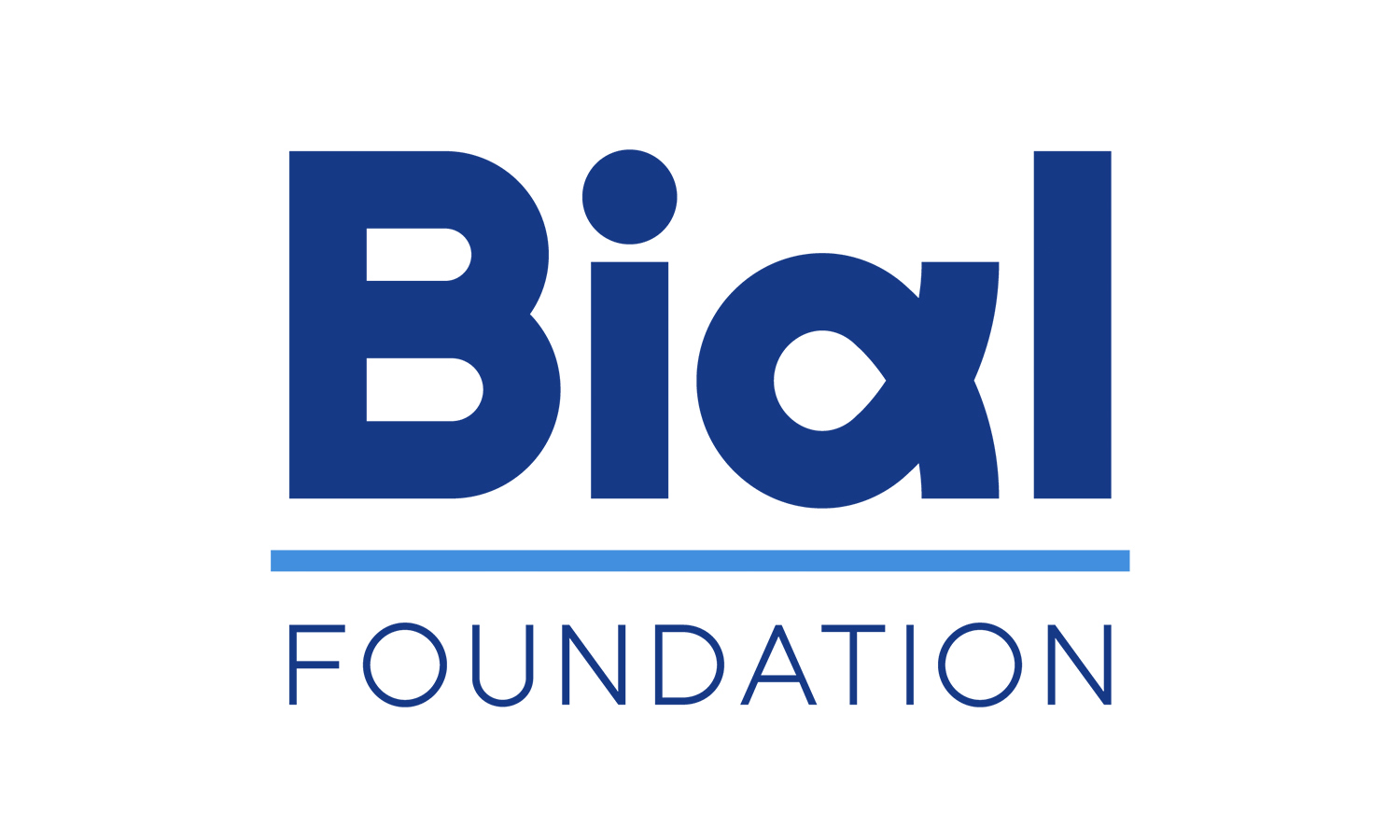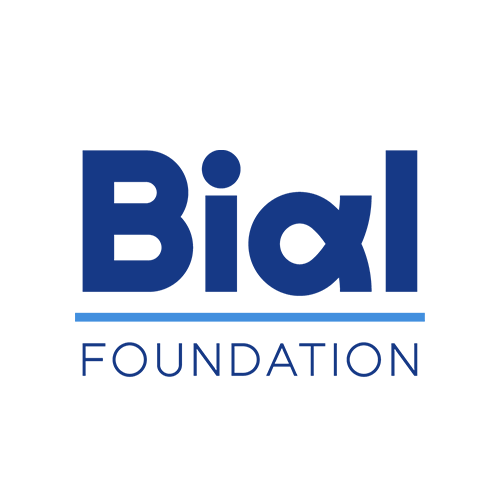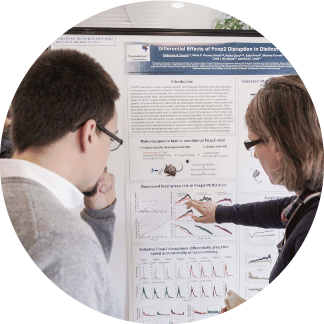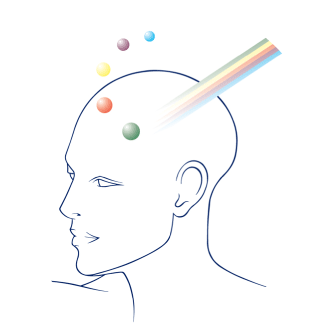News
Top Stories

Does the combination of psychedelics and meditation enhance mystical experiences?
Researchers assessed whether combining psychedelics with meditation increases mindfulness, compassion, insight, and mystical-type transcendence to a higher degree than meditation with a placebo.
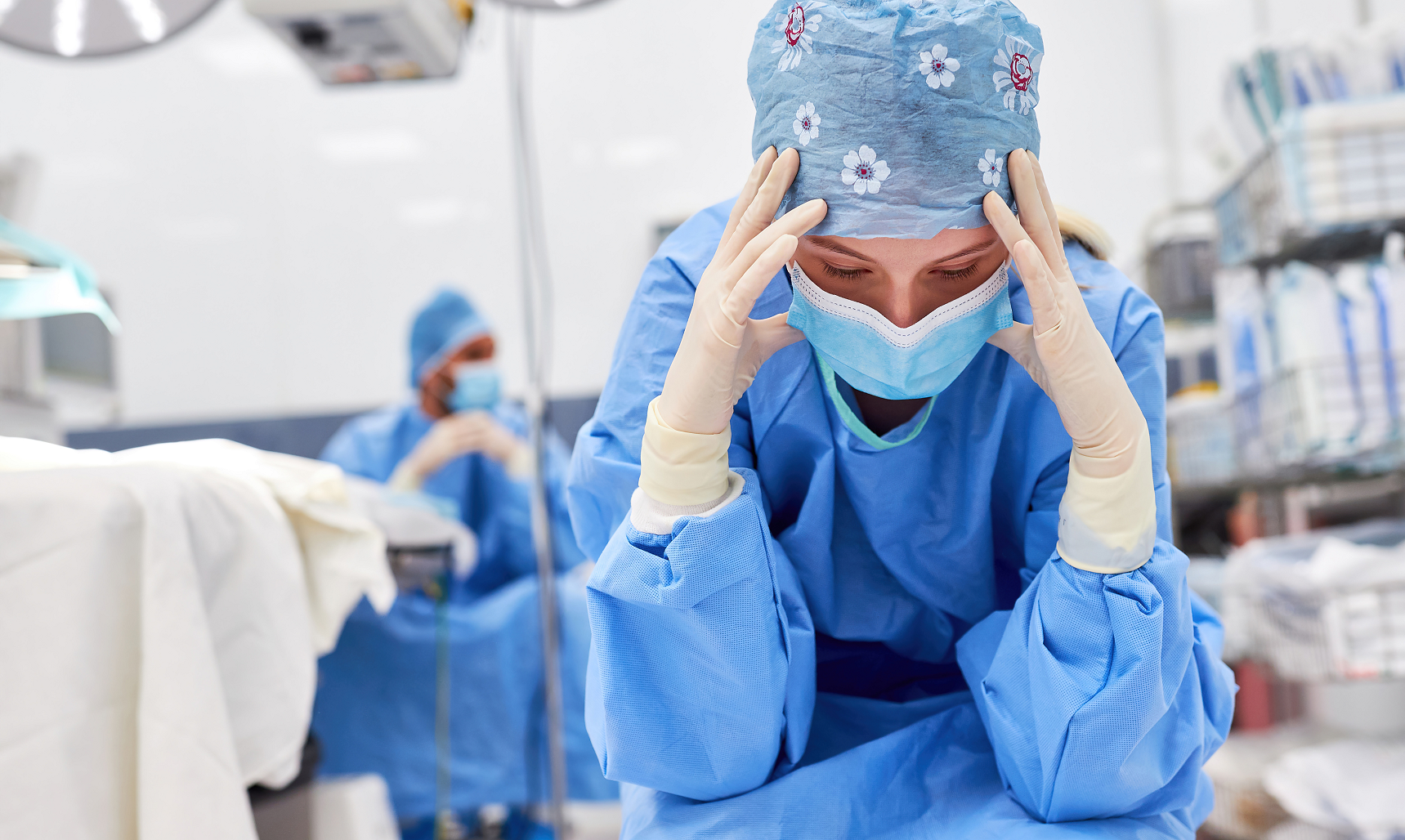
Health professionals' responses to stress in critical care scenarios and the risk of burnout
A study assessed the psychobiological functioning of 27 Pre-Hospital Emergency Medical doctors and paramedics, stressing the importance of recovery periods.
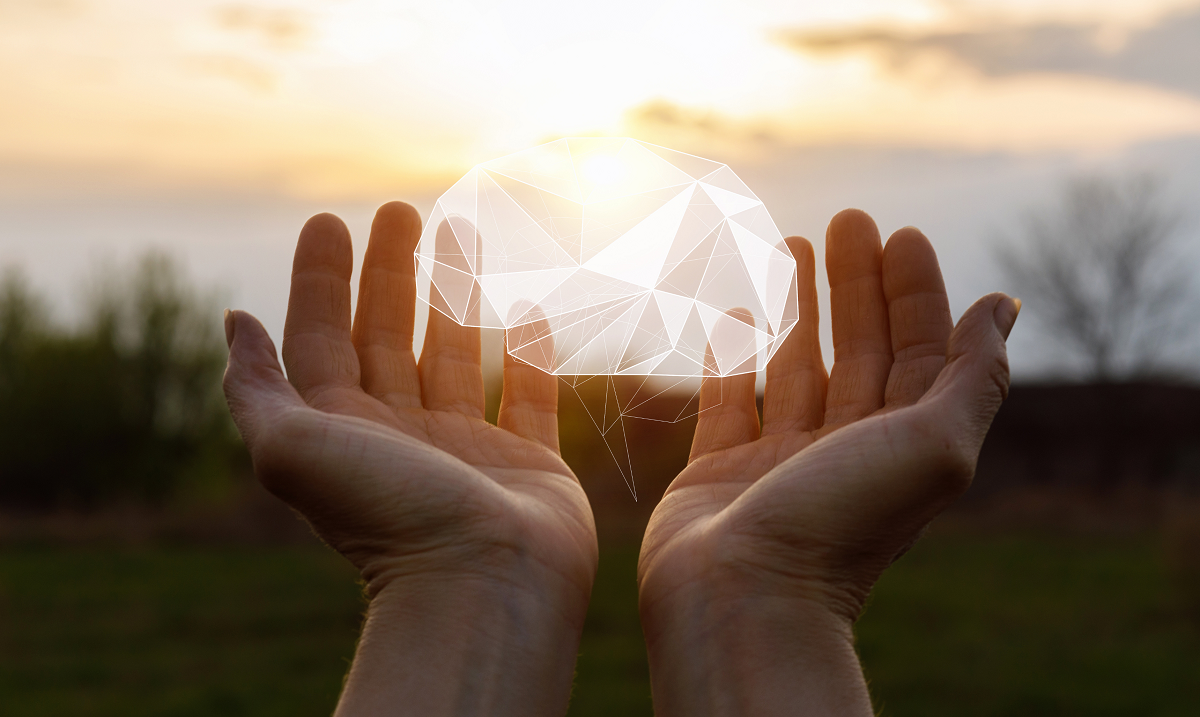
Are psi researchers more like lay believers or sceptics?
A study shows that academics who work with psi differ from lay psi individuals, but not from sceptics, in actively open-minded thinking.
News
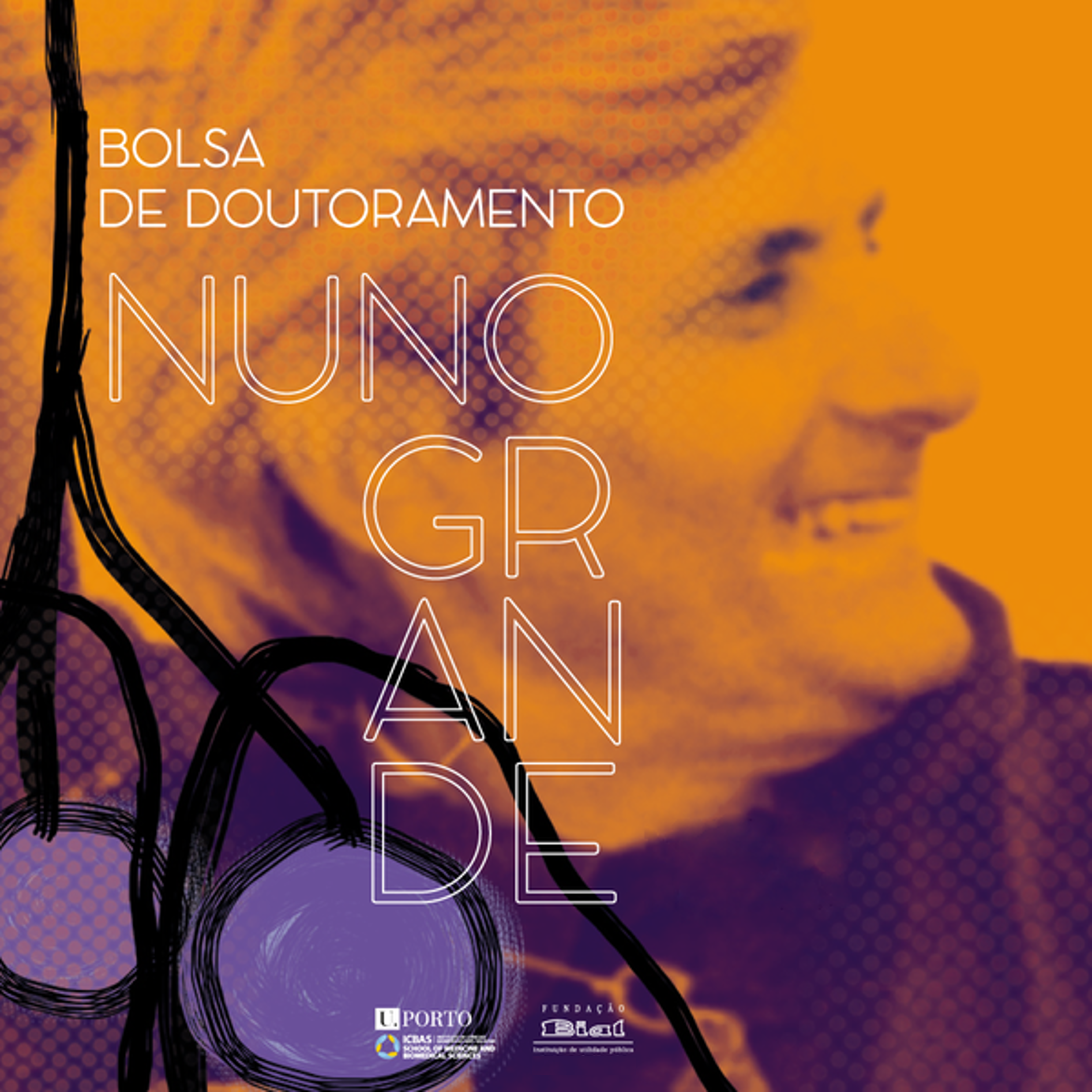
Nuno Grande Doctoral Scholarship gains national scope and awards three grants per edition
BDNG will have national coverage, allowing PhD students in Fundamental Health Sciences from Portuguese universities to apply.

BIAL Award in Biomedicine 2025: last call for nominations
The nominations for the 4th edition of the BIAL Foundation international award, the BIAL Award in Biomedicine 2025, close on June 30.
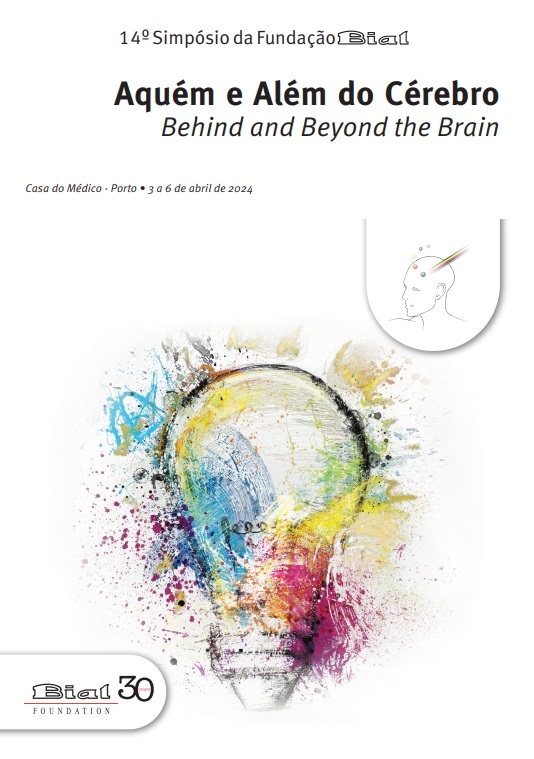
The Proceedings of the 14th Symposium of the BIAL Foundation is now available
The BIAL Foundation has just published the Proceedings of the 14th "Behind and Beyond the Brain" Symposium on the theme “Creativity”.

